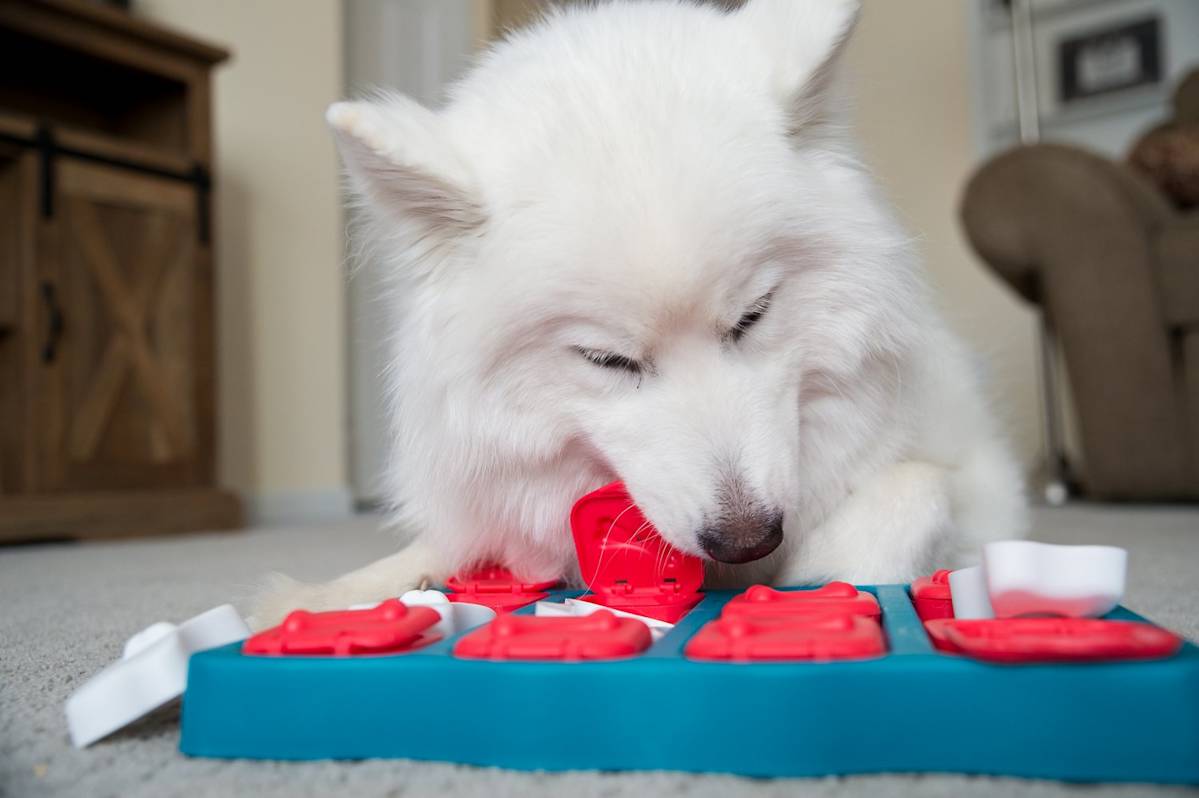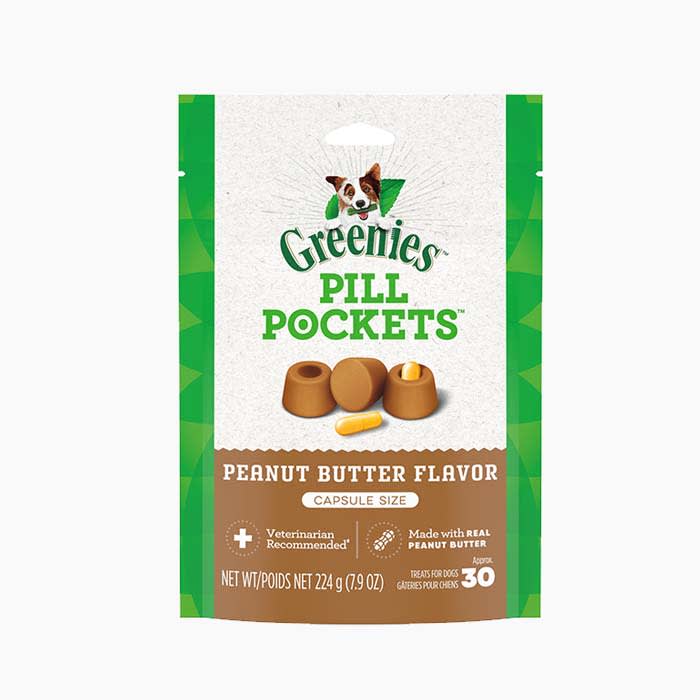5 Ways To Curb Your Dog’s Picky Eating
Just because “here comes the airplane” won’t work on dogs doesn’t mean you’re out of options.

Share Article
Growing up, I could never fathom the concept of a dog as a picky eater. Each of my dogs — who came in a variety of breeds from Lab to Akita to Cavalier King Charles Spaniel — would eat a doorstop if you covered it in peanut butter. But my worldview changed last year when I adopted my six-year-old Dachshund, Moose, who had quite the discerning palette.
Oh, and zero teeth.
Finally, after much trial and error (and a lot of me miming eating from his bowl whilst pretending it contained the world’s finest delicacies), I found products that turn mealtime into less of a production. However, before trying any of these, it’s important to rule out a larger issue at hand.
“Look for concurrent signs that indicate illness, such as vomiting, diarrhea, or lethargy. If any of these are happening — especially if your dog is throwing up and not eating — call your vet right away to determine if your dog needs to be seen,” says Dr. Lindsey Bullen, DVM, and board-certified veterinary nutritionist at BluePearl Pet Hospital. If you get the go-ahead from your vet, these products might just be the solution to turning your picky eater into, well, an eater.
1. Dog Probiotics
Even if your vet rules out any serious issues that might be causing your pup to get picky, it might be worth doing a gut check — literally. A probiotic can help correct minor imbalances in your dog’s gut microbiome and possibly promote a healthier appetite. Plus, these options are specifically designed to taste good, so they work as treats or food toppers.
2. Dog Food Toppers
Speaking of food toppers, they can work wonders with even the fussiest of pups — but should only be used after exhausting other options. “I don’t recommend offering special toppers or regularly switching up their food right out of the gate. The more involved we make their feeding routine, the greater the chance for errors down the road. Plus, some dogs will learn to hold out for ‘the good stuff,’ which can ultimately make getting them to eat more challenging.”
Still, if your dog is turning their nose up at every bowl of kibble, it might be worth incorporating a topper into their regular routine. They come in a variety of different textures, from dog-safe broth to freeze-dried bites, that can work for a variety of different ages and diets. They can even provide your dog with a boost of vitamins that are currently missing from their diet — which might promote a healthier appetite overall.
3. Dog Food Puzzles
When it comes to dogs, playing with food is a good idea. Many of these food games and puzzles stimulate your dog’s natural foraging instincts — incentivizing them to chow down. Others hone in on your dog’s natural intelligence, stimulating both their brain and their appetite. These games can also be used to help your dog with separation anxiety or to stave off boredom when left alone.
4. Dog Exercise Toys
Like people, sometimes dogs need to work up an appetite. If your dog spends most of their day in the background of your Zoom calls, they might not be burning off enough calories to warrant a healthy appetite. Less than a half-hour with these exercise toys will motivate your dog to give that food bowl another sniff.
5. Pill Pockets
At least in Moose’s world, not all picky eating is reserved for mealtimes. And while I’ll always treasure the days of our monthly wrestling matches over his heartworm pill, I find these pill pockets well worth the trade-off. Available in a variety of flavors and sizes, these moldable treats make medication time a mutually enjoyable experience.
At the end of the day, the key to dealing with a picky eater is patience. A healthy dog is unlikely to starve themselves, and some basic training — such as leaving the food on the floor for 15 minutes and then taking it away until next meal time — can teach a dog that they’re not the boss of dinnertime.
However, it’s important to know when to contact your vet if your pet’s stubbornness is turning out to be something else altogether. Dr. Bullen notes, “If your adult dog goes two to three days without eating, it absolutely warrants further investigation by a veterinarian. And if that loss of appetite coincides with vomiting, diarrhea, or other signs of illness that last more than 24-36 hours, they need to be seen by a vet.”

Rebecca Caplan
Rebecca Caplan is a writer based in Brooklyn whose work has been featured in The New Yorker, Reductress, and Vulture. She lives in Brooklyn with her perfect, toothless dog Moose.
















